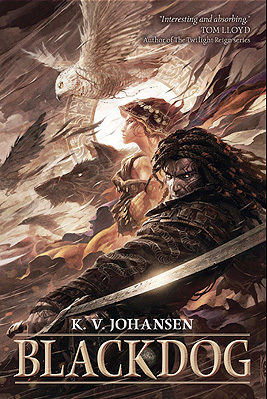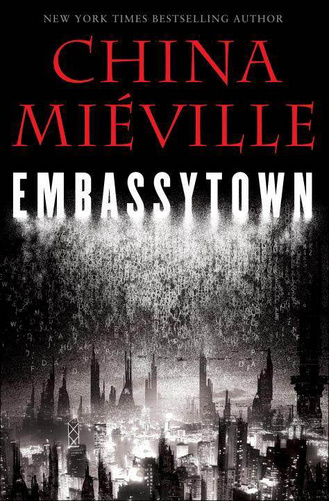Before “breaking in” to a regular income–producing readership, most novelists, poets, and essayists toil away at day jobs while wordsmithing on the side. But just because you have a day job doesn’t mean you can’t exercise your creativity during the 9–5 grind. When you cultivate creativity in your day job and down time, you can approach your creative writing with a greater capacity to generate interesting ideas to communicate and intriguing ways of communicating them.
Creativity = Problem Solving
Creativity isn’t magic. There isn’t an Idea Muse who sends you incantations that conjure eloquence onto your blank pages. Creativity, at its most basic, is problem solving. It’s looking at the materials in front of you and devising a way to make them fulfill a need or desire you have. Author John Brown and the cast of Writing Excuses talked about this in a particularly good episode about the creative process.
Recognizing creativity as problem solving takes out a lot of the mystery of exercising it. There are problems that need to be solved in every situation a human being inhabits, and there are a few main steps to creatively solving problems in any given circumstance.
Learn your materials. Understand what you have available to help you solve your problem (whether that’s scissors, humor, or tax law). Be aware of your surroundings and resources.
Acquire your target. Most times you won’t have to create problems: they’ll come to you. Whether the problem is your children’s unwillingness to eat vegetables or all your wasted time at a slow desk job, there’s bound to be one or two basic issues you have to face regularly.
Apply your materials to your target. Obvious, isn’t it? Take what you have around you and use it to solve the problem in front of you. Find a way to make your grumpy coworker laugh; improve the office filing system; create a new product that fills a niche. Every time you find a new way to solve a problem, you become a little more practiced in the skill of creativity.
Problem Solving = Creative Writing Solutions
Using the process of knowing your resources and applying them to a specific target lets you practice a process that crosses over into your writing directly. When you’re writing, there are some tools you always have in your toolbox: plot, character, genre conventions, metaphor, scene changes, chapter breaks, punctuation, etc. You can use these in conventional ways, or you can turn them to unorthodox uses. (Similarly, you can use scissors as scissors or as an extension of your arm that helps you retrieve a document from the crevice between your desk and the wall. Or, you know, as a murder weapon or something.) If you keep an awareness of your resources and your target, you can use your exercised creativity chops to find inventive solutions that will delight a reader.
In each writing project you’ll also have project-specific tools: a character’s penchant for plums, the rhyme scheme you’ve been using for four stanzas, the death-theme you began on page 1. These are probably where the day-job creativity practice is most useful, especially the practice of making yourself aware of resources. The more aware you are of the tools you’ve given yourself, the better you’ll be at adapting those tools to plot twists, character arcs, and giving your reader a rollicking reading experience.
Creativity isn’t magic: it’s your applied problem solving skill. So the next time you run into a 9–5 roadblock, ask yourself, “How creative can I be today?”
Image by Simon Howden via FreeDigitalPhotos.net










